Solar for Housing Societies in India
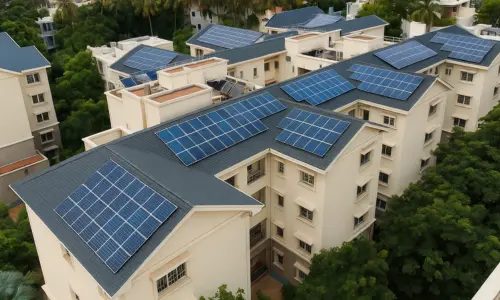
For any housing society, electricity is one of the largest recurring expenses. Running lifts, water pumps, basement ventilation, corridor lighting, security systems, and clubhouses can cost ₹1–5 lakhs per month in medium to large societies. These rising costs directly increase residents’ monthly maintenance bills, making energy a pressing concern for RWAs.
Solar for housing societies provides a long-term solution. By generating clean energy from rooftops, societies can cut their dependence on grid power by 50–80%. This shift not only reduces costs but also makes the community energy-secure and future-ready. Instead of viewing electricity as a fixed burden, societies can now transform it into an investment that pays back over decades.
Benefits of Solar for Housing Societies
Choosing solar power for housing societies is not just about reducing costs—it’s about building a sustainable future.
Massive Cost Savings
A society’s common facilities account for 40–60% of total electricity expenses. With solar, these costs can be cut drastically. For instance, a 100 kW solar plant can save ₹12–15 lakhs annually.
High Return on Investment (ROI)
With a payback period of just 3–5 years, solar investments continue generating free electricity for 20+ years. Societies achieve a steady ROI of 20–25% annually, far higher than traditional bank deposits or investments.
Government Subsidies
Solar subsidy for housing societies from MNRE and state DISCOMs reduce the upfront cost significantly. In many cases, subsidies cover up to 40% of project costs.
Sustainability & Compliance
Lowering carbon footprints helps societies align with RERA guidelines and modern sustainability standards, improving their reputation.
Enhanced Property Value
A society equipped with solar energy attracts buyers and tenants who value lower maintenance bills and green amenities.
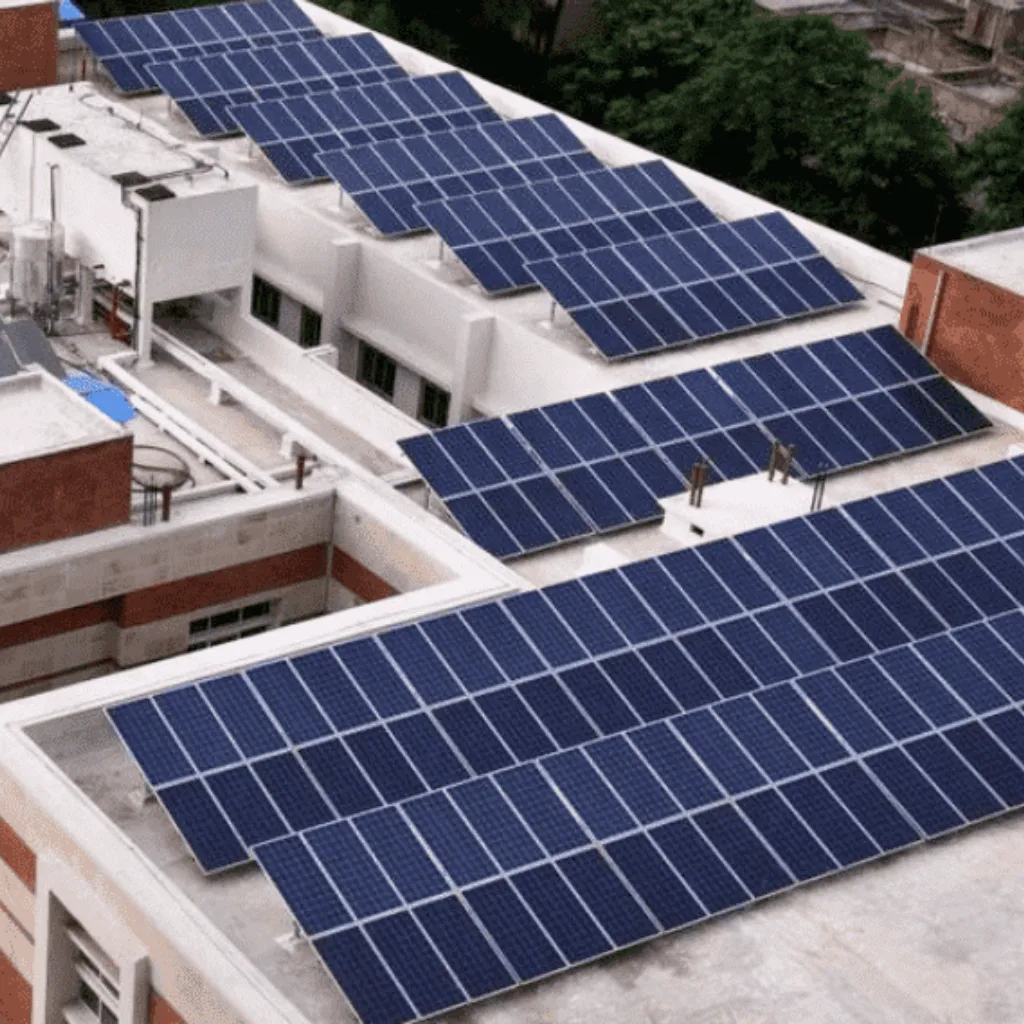
How Solar Works for Housing Societies
Housing societies can adopt solar energy through different models:
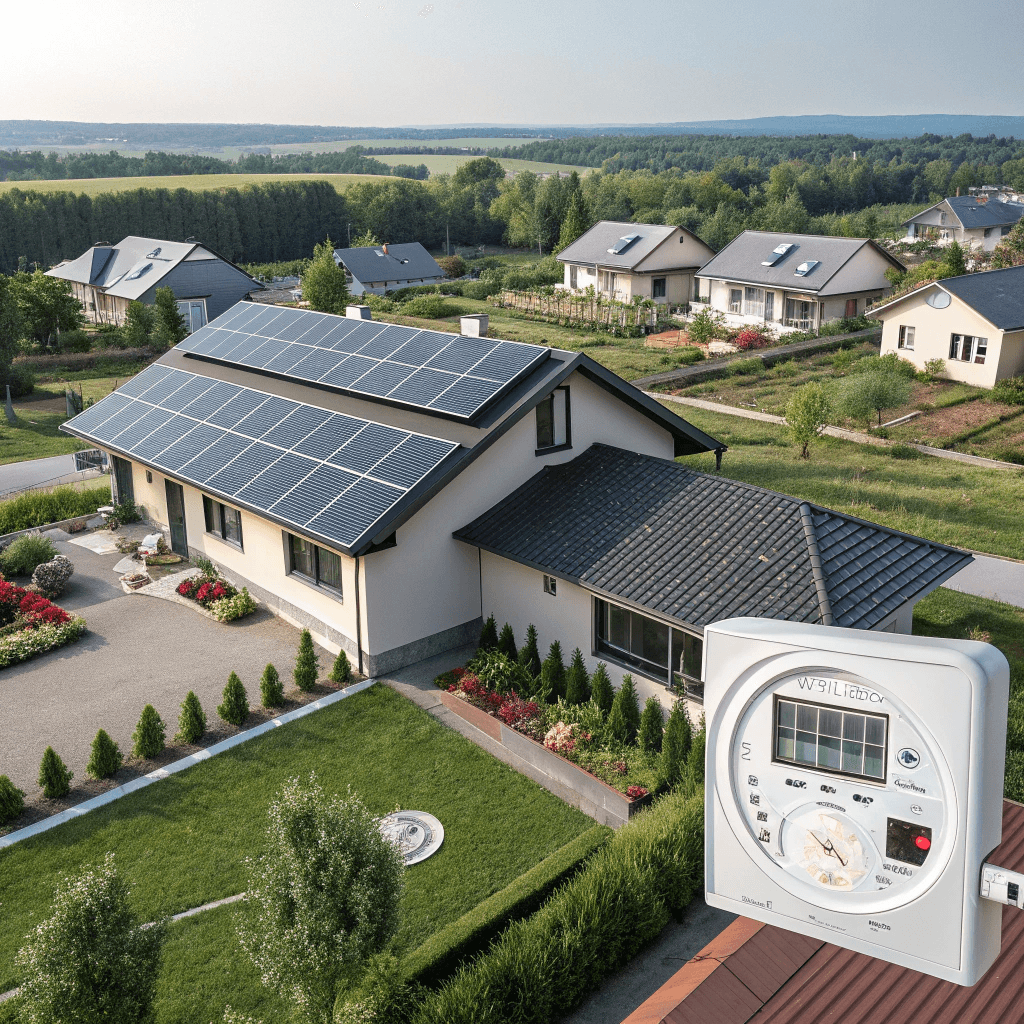
Net Metering for Housing Societies
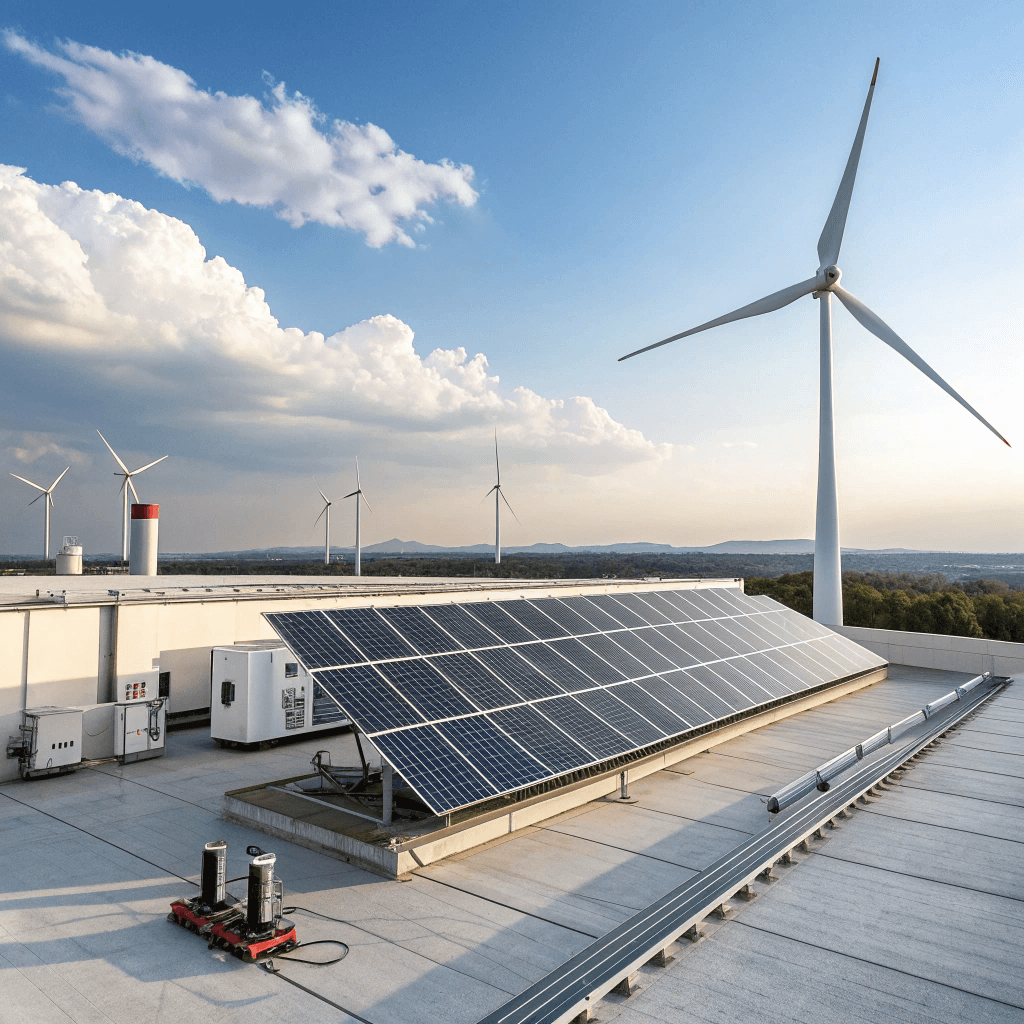
Hybrid Solar Systems
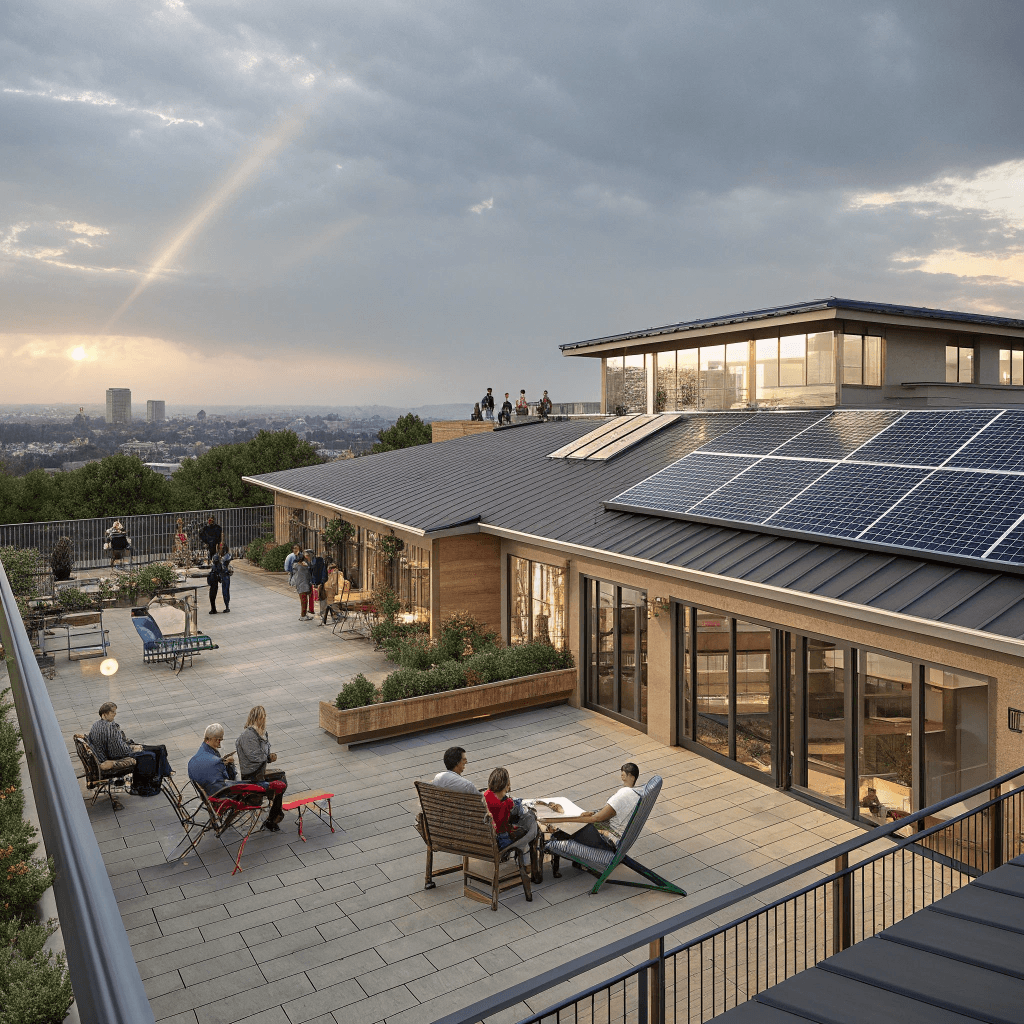
Shared Rooftop Model
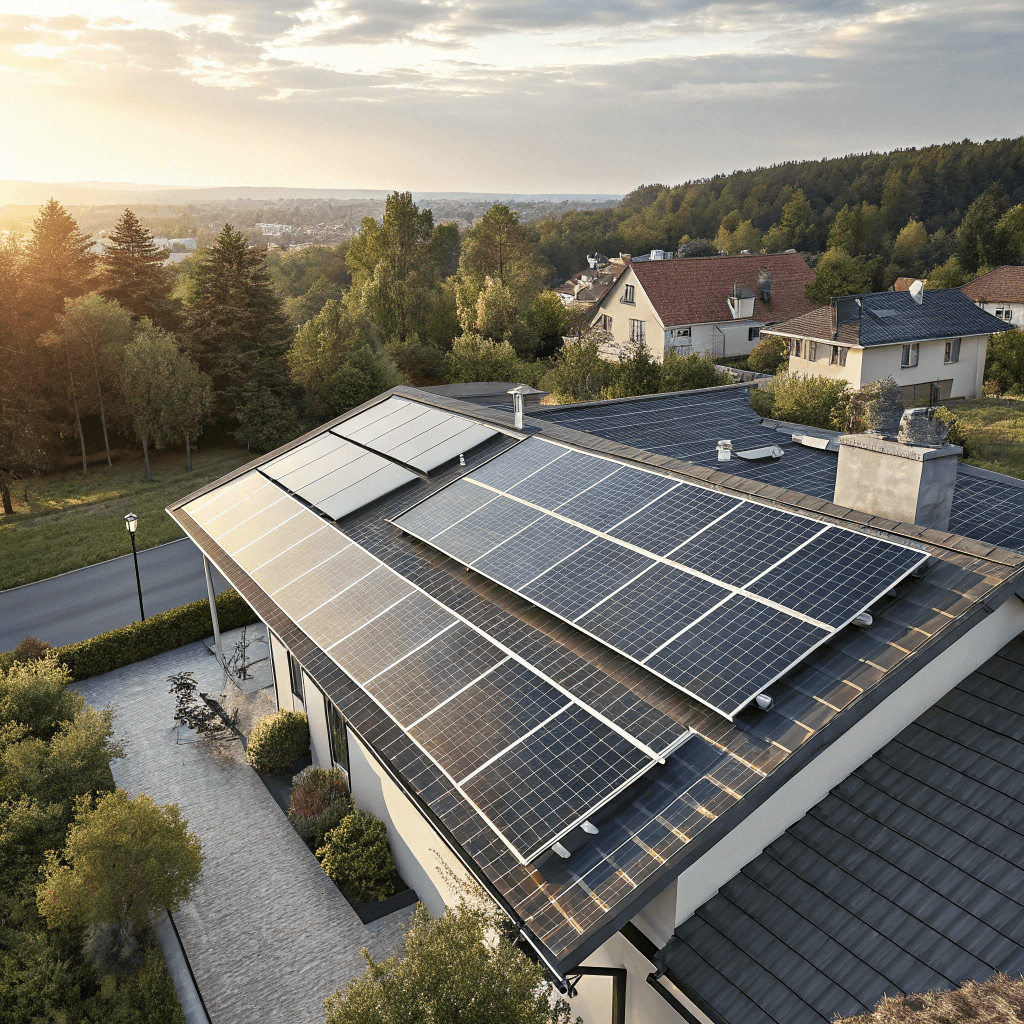
Common Rooftop Solar Plant
Why Choose a Professional EPC Partner for Housing Societies?
Installing solar for a housing society is not just about placing panels on a rooftop—it requires engineering precision, regulatory compliance, and long-term performance management. This is why selecting the right EPC (Engineering, Procurement & Construction) partner is critical for success.
As a trusted EPC company, we provide end-to-end solar solutions exclusively designed for housing societies. Here’s why partnering with us makes the difference:
Accurate System Design – Ensuring optimal generation for society loads.
Quality Assurance – Panels, inverters, and structures sourced from reputed manufacturers.
Regulatory Compliance – Seamless subsidy filing and net metering approvals.
Safe Installation – Fire safety measures, proper wiring, and rooftop waterproofing.
Performance Guarantees – Generation benchmarks and warranties.
AMC for Housing Society Solar Plants – Long-term maintenance for sustained performance.
Our Services for Housing Societies
We provide complete solar solutions tailored for residential communities:
Site Survey & Feasibility Study – Assessing rooftop space, energy needs, and ROI.
System Design & Engineering – Optimized layouts for maximum efficiency.
Regulatory Approvals & Subsidy Support – Handling DISCOM and MNRE paperwork.
Installation & Commissioning – Safe, reliable, and standards-compliant setup.
Smart Monitoring – Online dashboards for real-time performance tracking.
AMC & O&M – Regular cleaning, preventive maintenance, and warranty management.
Future-Ready Upgrades – EV charging integration with society solar plants.
Subsidy & Regulatory Framework
Housing societies in India can avail both central and state-level benefits:
- MNRE Subsidy – Up to 40% subsidy available for group housing societies and residential welfare associations (RWAs).
- State-Specific Policies – Different DISCOMs have unique net metering and subsidy policies (e.g., Tamil Nadu, Karnataka, Maharashtra, Delhi, Gujarat).
- Net Metering – Excess power is fed into the grid, further reducing bills.
Our team assists with documentation, approvals, and subsidy claims to make the process hassle-free for societies.
Financials & ROI of Housing Society Solar
One of the strongest reasons for housing societies to adopt solar is its financial viability. Unlike many other infrastructure upgrades, a solar plant pays for itself in just a few years and then continues to generate free electricity for decades.
Case Example: 100 kW Solar Plant for a Housing Society
- Investment: ₹40–45 lakhs (before subsidy)
- Annual Generation: ~1.5 lakh units
- Annual Savings: ₹12–15 lakhs (based on ₹8–10/unit tariffs)
- Payback Period: 3.5–4 years
- Lifetime Savings (25 years): ₹3–4 crore
This means that after the initial payback period, the society enjoys 20+ years of nearly free electricity for its common facilities.
CAPEX vs OPEX/RESCO Models
Housing societies can choose from two main financial models:
- CAPEX (Outright Purchase Model)
1. The society invests upfront in the solar system.
2. All savings directly reduce maintenance charges.
3. Highest ROI since there are no ongoing power purchase costs.
4. Best suited for societies with a sinking fund or capital reserves. - OPEX / RESCO (Zero-Investment Model)
1. A third-party investor owns and maintains the solar plant.
2. The society pays only for the electricity consumed, usually at a discounted tariff (e.g., ₹4–5/unit vs ₹8–10 from grid).
3. No upfront cost or maintenance burden.
4. Ideal for societies hesitant to invest large sums upfront.
Both models ensure long-term savings, but CAPEX delivers maximum financial returns, while OPEX provides a risk-free, no-investment pathway to adopt solar.
Operations & Maintenance (O&M)
A solar system runs for 25 years, but regular upkeep is essential. With our AMC for housing society solar plants, we ensure:
- Routine Cleaning – Prevents dust from reducing generation.
- Performance Monitoring – 24/7 dashboards with alerts for issues.
- Preventive Maintenance – Checking inverters, wiring, and connections.
- Warranty Support – Helping societies claim manufacturer warranties.
- Emergency Repairs – On-call support for breakdowns.
FAQs – Solar for Housing Societies
How much does solar cost for a housing society?
The cost depends on the system size. For example, a 50 kW solar plant may cost around ₹20–25 lakhs, while a 100 kW system costs ₹40–45 lakhs before subsidy. With MNRE support, the upfront cost reduces significantly.
What is the payback period for society solar projects?
Most housing societies recover their investment within 3–5 years through reduced electricity bills. After that, the system generates almost free power for 20+ years.
Can individual flats benefit from society-level solar plants?
Yes. While solar plants typically power common facilities like lifts, water pumps, and lights, savings reduce the society’s electricity bill, which in turn lowers monthly maintenance charges for all residents.
Do we need approvals to install solar in a housing society?
Yes. Housing societies require:
- A resolution/approval in the AGM or governing body.
- DISCOM approval for net metering.
- Subsidy application (if availing benefits).
A professional EPC partner manages this process end-to-end.
Who maintains the solar system after installation?
The EPC company (like us) provides AMC for housing society solar plants, which includes panel cleaning, preventive checks, remote monitoring, and repairs.
What happens on cloudy or rainy days?
Solar panels still generate power, though at reduced efficiency. The society continues to draw remaining power from the grid, ensuring uninterrupted electricity supply.
What financial models are available for societies?
- CAPEX Model: Society invests upfront and gets maximum ROI.
- OPEX/RESCO Model: No upfront cost; society pays for solar power at a discounted tariff.
How much roof space is needed for a housing society solar plant?
On average, 100 kW solar plant requires about 10,000 sq. ft. of shadow-free rooftop area. Smaller or modular systems can be designed if space is limited
Will installing solar increase property value?
Yes. A society with lower maintenance charges and green credentials is more attractive to buyers and tenants, increasing property resale and rental value.
Why should we choose a professional EPC partner?
Because solar is not just about panels. A professional partner ensures proper system design, approvals, subsidy claims, fire-safety compliance, and long-term performance through AMC and monitoring.
